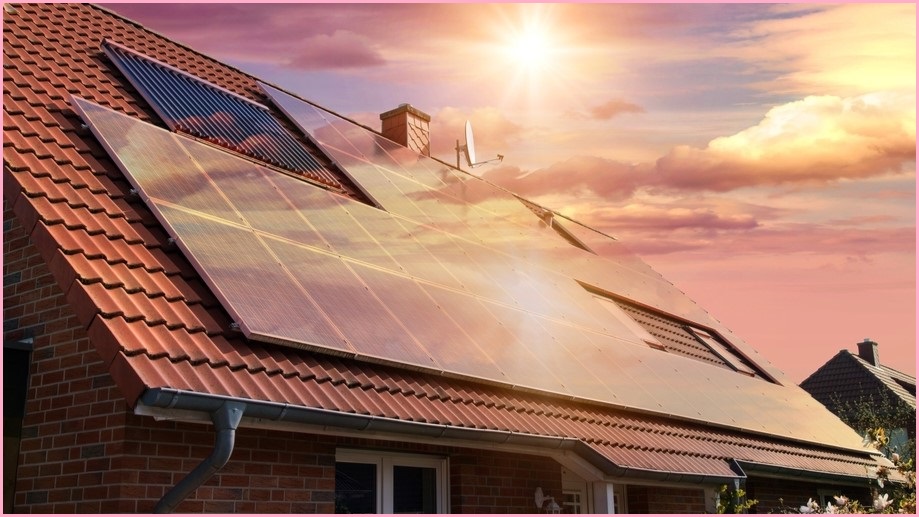The government’s $1 billion “pit to panel” investment in domestic solar panel manufacturing is too little, too late, an analyst has warned as the new Solar Sunshot program bolsters Australian companies to compete with predominantly China-based industry giants.
The Solar Sunshot program, which was announced by Prime Minister Anthony Albanese as a way “to supercharge Australia’s ambition to become a renewable energy super power at home and abroad”, will see the government funding production subsidies and grants under the auspices of the Australian Renewable Energy Agency (ARENA).
ARENA will work with industry to shape the initiative, which aims to recast Australia’s solar panel manufacturing industry as a way of reinvigorating regional areas such as the Hunter Region – where jobs are threatened by the recent decommissioning of the Liddell Power Station, which is also the site of a massive investment in renewable battery storage.
Australia already has strong “mining pit to port” industries for extracting and exporting solar panel materials, Albanese said, but Sunshot Solar is intended to extend this with a “pit to panels” strategy designed to “capture more value for our economy and workforce”.
Solar panels use a range of metals and minerals that Australia has in abundance, including aluminium, phosphate, silica-bearing quartz, and copper – whose prevalence in areas such as South Australia’s Upper Spencer Gulf is already driving consideration of new projects to support the solar panel ramp-up.
“We have every metal and critical mineral necessary to be a central player in the net zero transformation,” Albanese said, “and a proven track record as a reliable energy producer and exporter. We can also invest in strategic manufacturing capability, particularly in components critical to the energy and economic transition.”
The announcement – made contemporaneously to NSW’s $275 million Net Zero Manufacturing Initiative – comes as the government introduces new legislation establishing the Net Zero Economy Authority (NZEA), which is described as a catalyst for promoting “orderly and positive economic transformation to ensure Australia, its regions and workers realise and share the benefits of the net zero economy.”
Among the NZEA’s key goals are employment-related initiatives such as the Energy Industry Jobs Plan, which will help retrain workers at coal-fired power stations as they are progressively shut down – too quickly, by some accounts.
With every job in manufacturing said to create 3.5 upstream jobs across the supply chain, “the world’s climate emergency is Australia’s jobs opportunity,” Minister for Climate Change and Energy Chris Bowen said as Solar Sunshot was launched, adding that “$1 billion to support Australian manufacturing in solar technology will help seize that opportunity.”
A numbers game that we’re already losing
For all its ambition, analysts warn that Sunshot Solar faces significant challenges to drive meaningful change in an industry that is already well serviced by overseas giants running large-scale, technologically advanced manufacturing sites.
Australia currently only has one solar panel manufacturer – Adelaide-based Tindo Solar, which last year opened an $11 million assembly line capable of producing 150 megawatts (MW) of solar panel capacity per year, or an average of 12.5MW per month.
Yet that capacity is just a fraction of the 485MW that the Australian PV Institute (APVI) estimates was installed in December alone, with the remainder coming from overseas industry giants like Tongwei Solar, JA Solar, Aiko Solar, LONGi Solar, and Jinko Solar.
The only non-Chinese company in the industry top seven is sixth-place Canadian Solar, which in 2022 shipped 16.8 gigawatts (GW) of solar panels in 2022 – less than half the 38.1 GW produced by Tongwei Solar during the same period.
While domestic solar manufacturing investments dovetail with Western governments’ efforts to reduce their reliance on Chinese companies – a market dynamic whose effects have already been felt in industries including iron ore mining, technology firms, mobile phones, and wine – Grattan Institute energy program director Tony Wood warned that Australia faces an uphill battle to even dent the industry.
“The manufacturing industry has been a bloodbath over the past 15 years,” he told Information Age, noting that several erstwhile Australian contenders “have all disappeared.”
“Companies that were at the top of the list in terms of size and financial viability, either don’t exist anymore or are at the bottom of the list,” he said, questioning whether solar manufacturing “is a technology risk that justifies government involvement.”
Australia is a “high labour costs country” and solar “a pretty mature technology”, Wood said, meaning that “this idea of making solar panels makes no more sense than making electric cars in Australia.”
“Every now and again there are people who will make breakthroughs to improve the efficiency of solar,” he continued – a nod to the CSIRO’s recent announcement that its research scientists had achieved efficiency records for roll-printed solar panel cells.
“That’s a good thing and should be encouraged,” he continued, “possibly with small research grants, but not a [$1 billion] backstop.”
“This is a very dangerous place for young, commercial players.”










